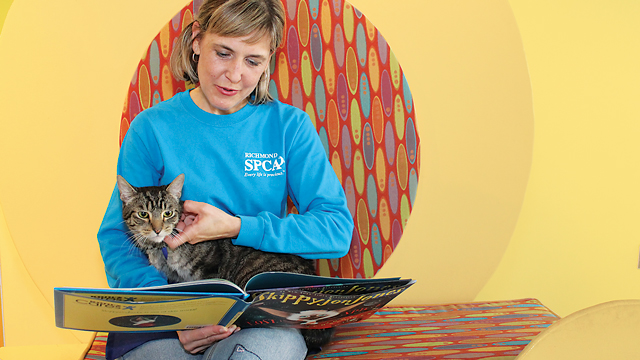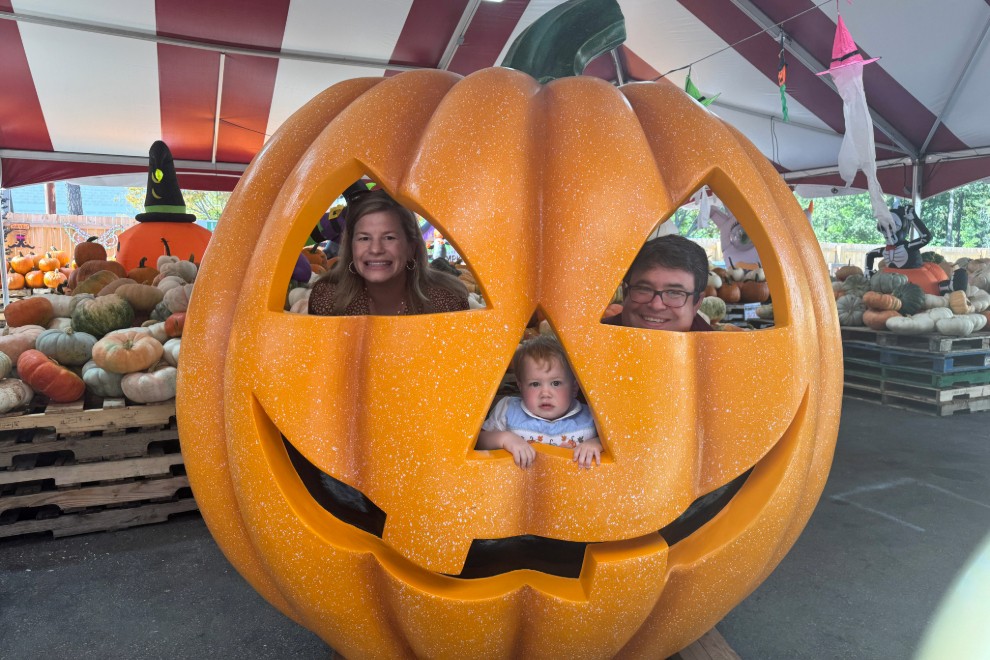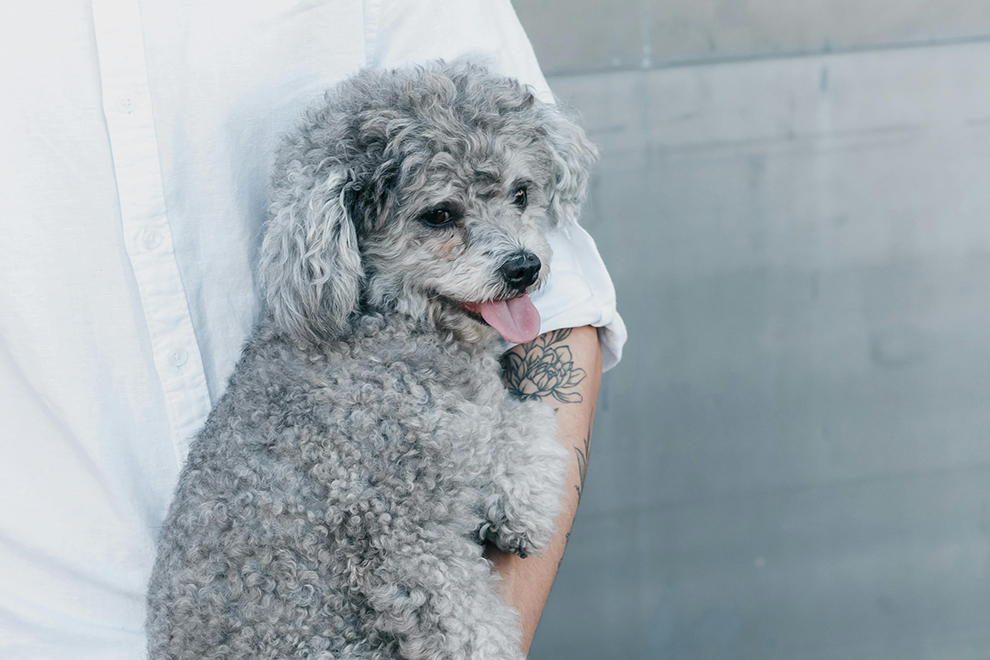Meghan Kleppinger has a standing date every Friday night with a group of furry friends. After work, she heads over to the Richmond SPCA where she reads to cats that need to hear a friendly voice.
Living in a shelter can be overwhelming for any animal. The shelter environment is new and noisy with lots and lots of smells and sounds. “This is especially tough for this species that thrives on consistency,” she says of the cats. “Understandably, even in the best of shelters, which Richmond SPCA is, cats and dogs get very stressed out.”
The stress that dogs sense typically manifests in behavioral issues. Cats can have some behavior issues, but “worse than that, a cat’s immune system can be weakened by stress, which can lead to serious illness,” says Kleppinger, who has three cats at home.
Kleppinger is part of the Richmond SPCA Blue Team, a group of volunteers that focus on giving the cats in the Richmond SPCA’s care extra enrichment through both physical and mental exercise. Members of the Blue Team each have their “project cats,” and dedicate time to those cats while volunteering in the humane center. “This special attention greatly improves the quality of our cats’ lives while they are awaiting adoption,” says Tabitha Frizzell Treloar, director of communications.
After general orientation and completing a prerequisite twelve hours of cat-related volunteer shifts, volunteers who are interested in joining the Blue Team can attend Cat College. These classes cover cat body language and communication, learning theory, and behaviors commonly seen in the shelter environment.
“Some of what we do is as simple as giving affection by petting the cat, but it can also be working on specific things that will help aid in their adoption, like behavior modification for cats that easily get over-stimulated during play,” Kleppinger says.
For very nervous cats, reading to them provides “a way for an individual to be in their space without being in their face,” she adds. “While reading aloud and not focusing on the cat, the nervous cat is given an opportunity to observe and smell and assess the situation.”
Kleppinger prefers to volunteer in the evenings when the shelter is relatively quiet. Some nights, she likes to simply chill with the cats. “When cats have been hearing loud noises all day, I find one of the best things for them is to hear soft music or have a calm voice talking to them. Sometimes I’ll just talk with them, but I also like reading aloud for several reasons,” she says, noting that a reading voice is typically monotone, creating a consistent, soothing sound.
Do the cats really pay attention to what she’s reading? The answer is yes.
“Once I start reading, it’s quiet and most of them are paying attention, listening, and observing. I think the cats just appreciate having someone there with them. A lot of times, a cat will shut down, and I’ll read to them to keep them calm,” says Kleppinger, who began volunteering at the Richmond SPCA in January 2017.
Her choice of reading material is varied, everything from James Herriot’s Cat Stories to the new Jan Karon novel. She also reads children’s stories like Splat the Cat. “I read any book as though I’m reading it to a young child; I’ll stop and ask questions or show pictures if there are any,” she says. “Anything that stimulates their brains and yes, distracts them from their current situation.”
Many nights, she will sit right in the center of a room of kennels and just read. “I seriously love what I jokingly refer to as group activities,” she says. “One of my favorite visits was about a month ago when I brought in bubbles they could watch. I read and played the new Mamma Mia! Here We Go Again soundtrack in the background. They seemed to really enjoy it.”
When she leaves the shelter to go home, she says she is rarely emotional because she knows the cats are in the “best possible place outside of a home. They receive outstanding veterinary care, food, love and a safe place to sleep. I feel like I’m the ‘cool aunt’ who simply enriches their lives with play and story time.”
“Blue Team volunteers like Meghan make a significant impact with cats who are struggling to adjust to the shelter environment,” Treloar says. “They help shy, scared cats come out and meet adopters with confidence so they can find lasting, loving homes.”





